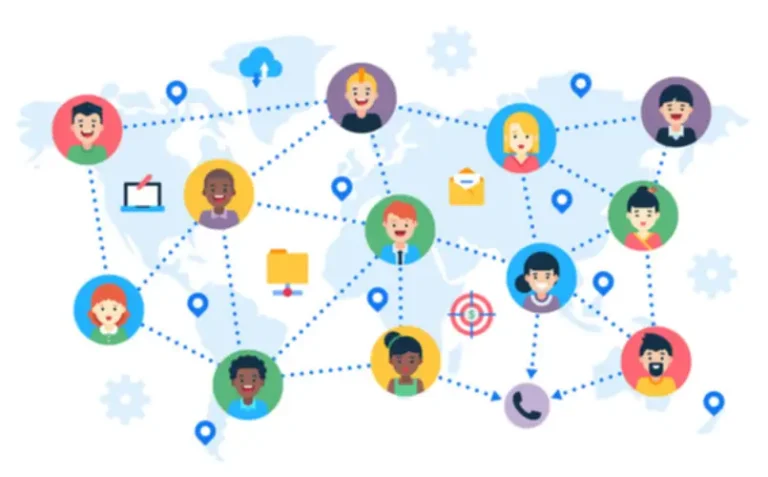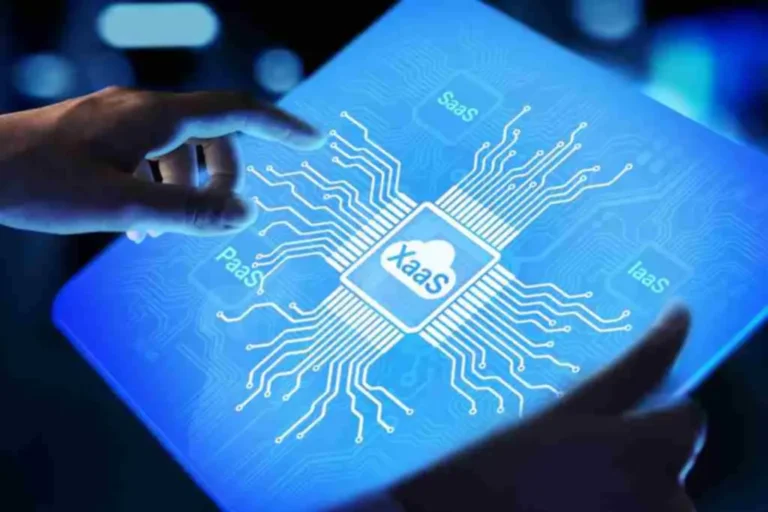Application integration enables organizations to streamline business processes, cut back manual effort, and improve general effectivity. Lastly, EAI vs ERP are both pivotal in enhancing organizational efficiency and effectiveness. EAI focuses on integrating disparate systems and functions inside an organization to ensure What is Enterprise Application Integration seamless information flow and interoperability. On the other hand, ERP techniques consolidate and streamline core business processes right into a unified platform. Furthermore, they supply centralized data administration and standardized workflows across various features like finance, human sources, and provide chain administration. Integration architecture refers back to the design and implementation of methods and applications that enable seamless information flow and communication between disparate techniques.
What Are The Necessary Thing Considerations In Enterprise Software Integration?
In EAI, APIs play a vital position as connectors, harmonizing the language of various functions to allow seamless interaction. The various nature of business purposes, information integration codecs, and system integration requirements add complexity to EAI. Proper architectural design, modularity, and loose coupling considerably scale back complexity. Additionally, adopting middle-layer components like API gateways creates consistency and predictability in interactions between totally different methods. Enterprise utility integration seeks to simplify complex digital structure and increases enterprise agility. Integration allows many services, tools, and methods to work together to effectively full operational tasks.
Maximize Effectivity And Scale Back Prices With Our Eai Solutions Binmile Assist You To Achieve Seamless Application Integration
By breaking down initiatives into smaller, more manageable chunks, groups can respond shortly to altering necessities and deliver higher results quicker. Lastly, businesses can undertake a collaborative method to decision-making, bringing together varied stakeholders to make choices. This can result in better decisions by combining diverse views and experience. In this model, each integration is facilitated by creating connector programs.
Wish To Embrace The Method Forward For Built-in Systems?
Businesses typically depend on a quantity of applications from different distributors of their day-to-day operations. Statistics show that the median number of data sources used within one company is round 400. And according to IDG and Matillion, for some corporations this quantity can go as high as 1,000 sources.

The Significance And Benefits Of Pwas For Companies
Data Integration is the whole and transparent sharing of crucial data between multiple applications. Without it, the combination won’t be achieved and accuracy & effectivity will take a success too. More than 2,one hundred enterprises around the world rely on Sumo Logic to build, run, and secure their fashionable functions and cloud infrastructures. As within the previous models, middleware simplifies the integration by avoiding fixed human intervention. However, if you deploy a ready-made middleware, it might restrict your tech stack to the choices supported by this vendor. Additionally, middleware could be somewhat expensive, and it presents a single point of failure.
From a technical viewpoint, Enterprise Application Integration provides a middleware that enables the linking of other software and techniques. In deciding which one to implement, you need to consider the professionals and cons of every possibility. For instance, ESB offers a low price as it is typically used by these with limited IT assets. And even though some contemplate EAI to be a factor of the past, with SOA there are now packaged EAI options that might be acceptable for big scale integrations. SOA, then again, provides better flexibility to adapt to altering requirements and applied sciences.
We draw on enterprise software integration finest practices to enhance the performance of your built-in techniques and enhance system interoperability. We construct integrated cloud-enabled environments by connecting applications and data across on-premises, cloud, and hybrid environments. The middleware architecture introduces a central hub for integration, which acts as the first distribution point for knowledge across related applications.

ERP business utility methods help businesses combine varied elements of their operations, including inventory management, procurement, accounting, and buyer relationship administration. Operational efficiencyEAI helps organizations streamline their enterprise processes by automating knowledge exchange between different purposes. This eliminates the necessity for manual data entry and reduces the risk of errors and inconsistencies. For instance, when a customer locations an order on an e-commerce web site, EAI can routinely replace the inventory administration system, set off the success course of, and ship a affirmation e-mail to the customer. This seamless integration improves operational effectivity and reduces the effort and time required to complete duties.
So now the financial institution will solely have one implementation and the enterprise software integration layer will handle and manage requests. Here, the architecture enterprise software integration is to help us determine how to handle this situation. An IPaaS solution can alleviate some maintenance headaches as a result of they will regularly keep and replace their connectors as the various built-in purposes evolve.
A company operating within the logistics sector provides a transportation management system that’s used by completely different actors in the cargo management process. The firm needed to enhance their system with AI capabilities, give all members a unified entry to knowledge, and permit them to work collectively. Enterprise Application Integration (EAI) is like a tremendous useful software for companies of all sizes. It’s a elaborate way of claiming that companies use it to make all their totally different pc packages and gadgets work collectively smoothly.
There’s a push to handle these APIs better to permit them to be used more effectively and safely. The functions and systems you’re connecting doubtless acquire and retailer delicate info on your business, purchasers, prospects, and employees. Keeping this knowledge safe is important for sustaining compliance with numerous information protection and privateness laws, passing safety audits, and, maybe most essential, preserving belief with key stakeholders. Once you’ve built-in your functions, you probably can go a step additional by automating the enterprise processes that work across these functions. The monitoring of enterprise operations and the combination of applications and software are an excellent assist in many areas.

Enterprise application improvement supplies a solution for the absence of communication between enterprise apps, serving to them share data and workflows. Consequently, the expertise provides improved insights into enterprise data by reducing handbook steps and errors. Cloud computing, APIs and microservices structure supply a streamlined resolution for organizations that wish to achieve knowledge synchronicity for purposes deployed in the cloud. Enterprise application integration has never been easier than with cloud computing technology, microservices structure and Sumo Logic. An effective EAI platform can accommodate a variety of on-premises purposes and cloud-based companies.
NC-Vision is dedicated to serving to the manufacturing business take benefit of no-code software improvement. We supply a spread of no-code options that allow corporations to shortly and simply create customized options that are tailored to their needs. Our instruments permit firms to create options sooner, more cost-effectively, and with more customization than ever earlier than. If there’s one thing in which EAI technologies stand out, it’s in the streamlining and simplification of all company processes. It doesn’t matter if the IT structure is complicated or if there are multiple applications that are asynchronous with each other.
- Today digital out-of-home (DOOH), is taking up the traditional avenues of out-of-home (OOH) advertising, and analytics performs an important position in it.
- The main challenge of this project was the enormous variety of data sources that operated in isolated silos.
- On the opposite hand, ERP techniques consolidate and streamline core business processes into a unified platform.
- Different departments in a large enterprise use totally different applications for duties like payroll administration, enterprise resource planning, and buyer relationship administration.
EAI acts as a bridge between totally different purposes and techniques, ensuring a smooth flow of data across the organization. This means no more knowledge silos or isolated islands of knowledge, providing a complete and unified view of your corporation operations—an benefit that significantly advantages decision-making processes. An enterprise integration platform (EiP) is a set of instruments and companies, usually based in the cloud, that helps connect a company’s apps, whether or not they’re within the office or online. The sharing of data and enterprise processes between functions are its main purposes. However, EAI additionally defines a set of principles for integration of multiple techniques for communication architectures, similar to message-oriented middleware (MOM). Enterprise Application Integration — typically abbreviated as EAI — has a broad definition.
Transform Your Business With AI Software Development Solutions https://www.globalcloudteam.com/ — be successful, be the first!
